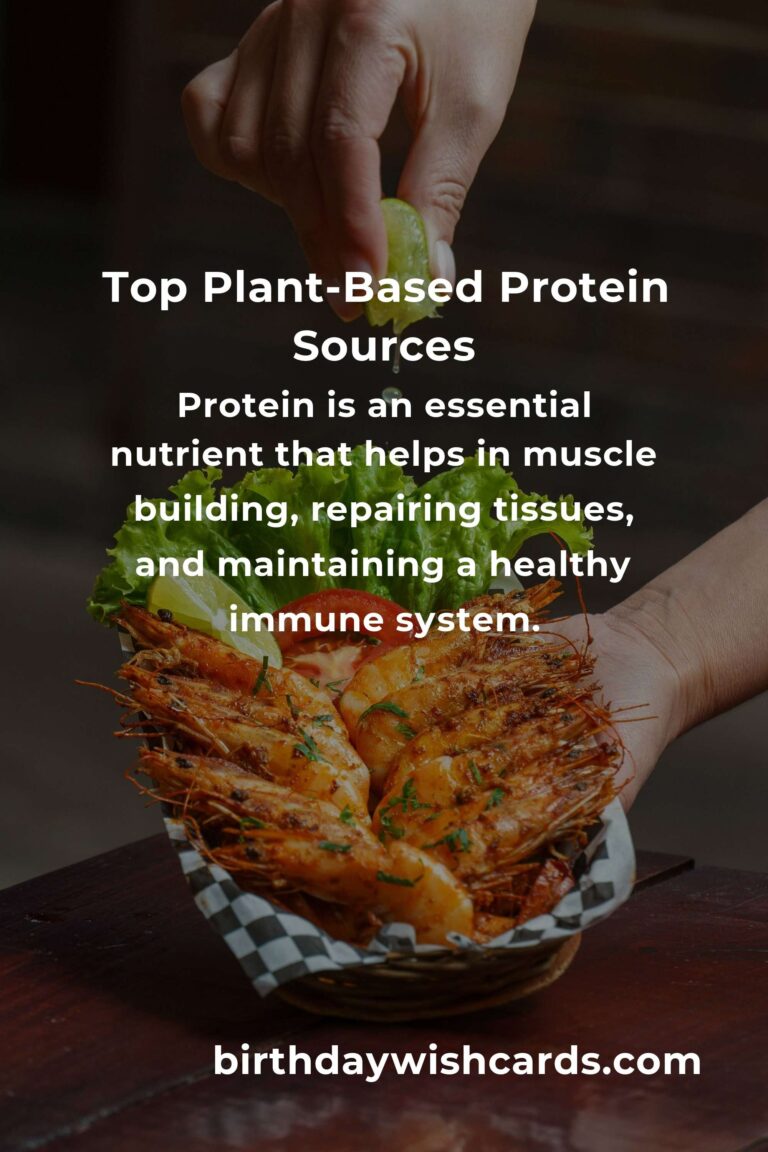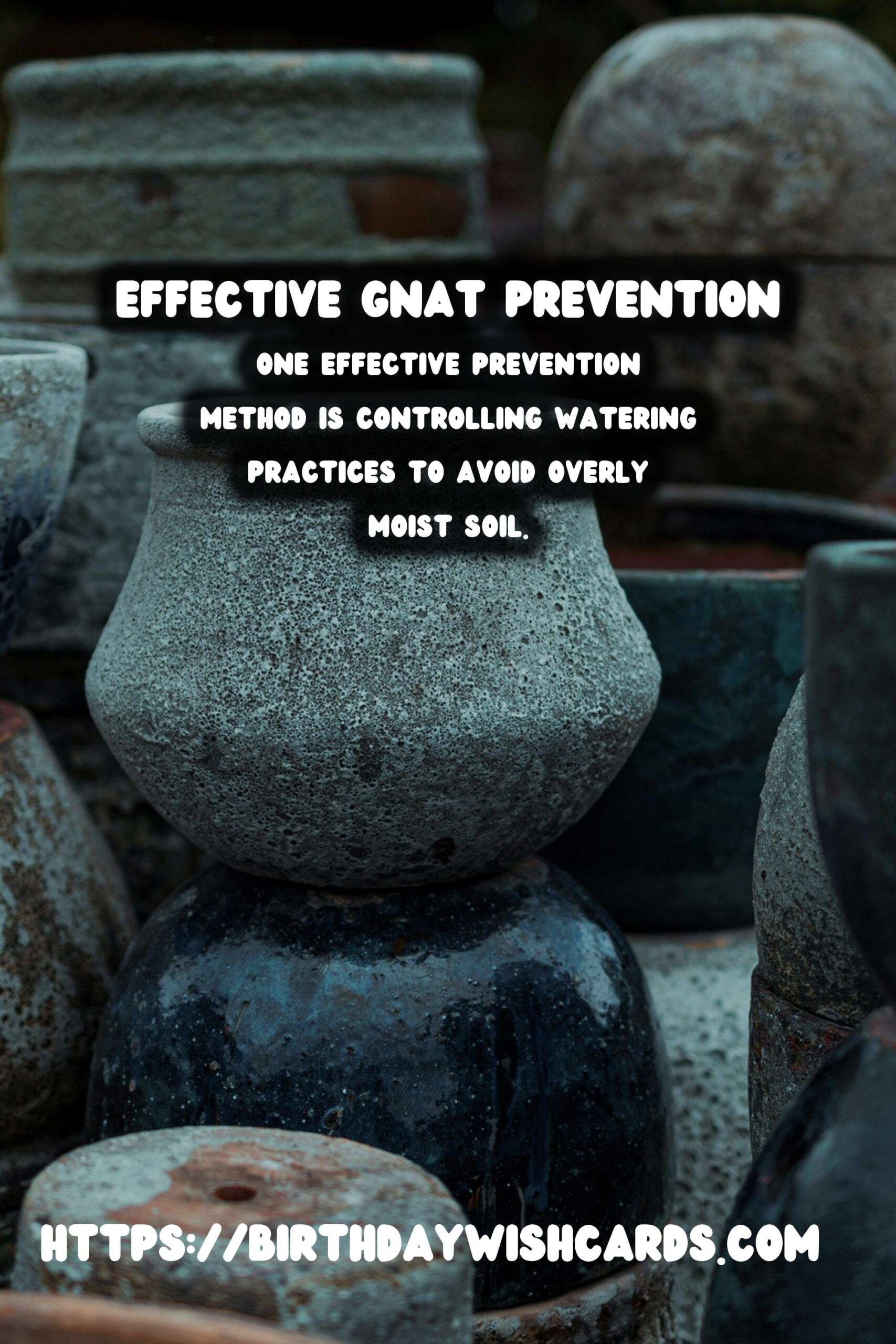
Plant pests can be a significant nuisance for gardeners and indoor plant enthusiasts alike. Among these, gnats are a common problem that can affect the health and aesthetics of your plants. Understanding the nature of gnats and employing effective prevention strategies is crucial for maintaining a healthy garden or indoor plant collection.
What Are Gnats?
Gnats are small flying insects that are often seen hovering around plants. They are part of the Diptera order, the same order that includes flies and mosquitoes. While adult gnats do not directly harm plants, their larvae can cause damage by feeding on plant roots.
Why Are Gnats Attracted to Plants?
Gnats are primarily attracted to moist environments and organic material. Overwatering and poor drainage create ideal conditions for gnats to thrive. Moreover, decomposing plant matter and soil rich in organic content can attract these pests.
Signs of a Gnat Infestation
Recognizing the signs of a gnat infestation early can help prevent extensive damage. Common indicators include:
- Small black flies hovering around your plants.
- Wilting or yellowing leaves.
- Stunted plant growth.
- Presence of larvae in the soil, which look like small white worms.
Effective Gnat Prevention Strategies
1. Control Watering Practices
One of the most effective ways to prevent gnats is to control your watering practices. Ensure that you only water when the top inch of soil is dry. This helps to keep the soil from becoming overly moist, which is a breeding ground for gnats.
2. Improve Soil Drainage
Using well-draining soil and pots with drainage holes can significantly reduce the likelihood of gnat infestations. It prevents water from sitting in the soil, which can attract gnats.
3. Use Sand or Gravel
Covering the surface of the soil with a layer of sand or fine gravel can deter gnats from laying eggs in the soil. This is a simple yet effective barrier that prevents gnats from accessing the soil.
4. Utilize Natural Predators
Introduce natural predators such as nematodes or predatory mites into your soil. These beneficial organisms feed on gnat larvae, reducing their numbers and preventing further infestations.
5. Employ Sticky Traps
Yellow sticky traps can be placed near plants to capture adult gnats. These traps are coated with a sticky substance that attracts and traps gnats, preventing them from laying eggs.
6. Implement Neem Oil Solutions
Neem oil is a natural pesticide that can be used to treat gnat infestations. Mix neem oil with water and apply it to the soil and foliage to deter gnats and kill their larvae.
Conclusion
Preventing gnats involves a combination of proper watering, soil management, and the use of natural deterrents. By implementing these strategies, you can effectively manage gnat populations and protect your plants from damage. Regular monitoring and maintenance are key to ensuring a healthy plant environment free from these pesky pests.
Gnats are small flying insects often seen around plants, part of the Diptera order. Gnats are primarily attracted to moist environments and organic material. Recognizing signs of a gnat infestation early can help prevent extensive damage. One effective prevention method is controlling watering practices to avoid overly moist soil. Covering soil with sand or gravel can deter gnats from laying eggs in the soil. Neem oil is a natural pesticide that can treat gnat infestations effectively. 
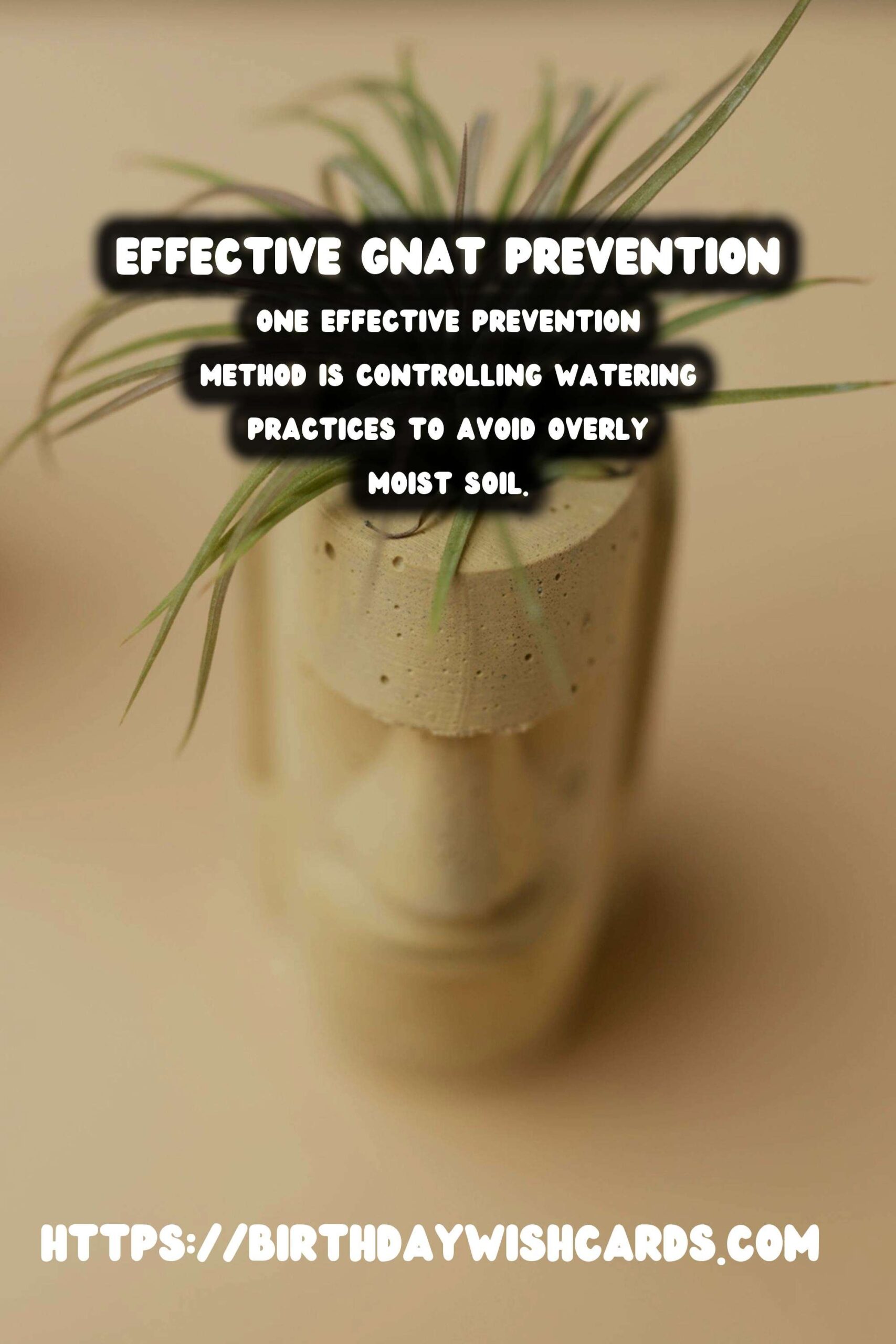
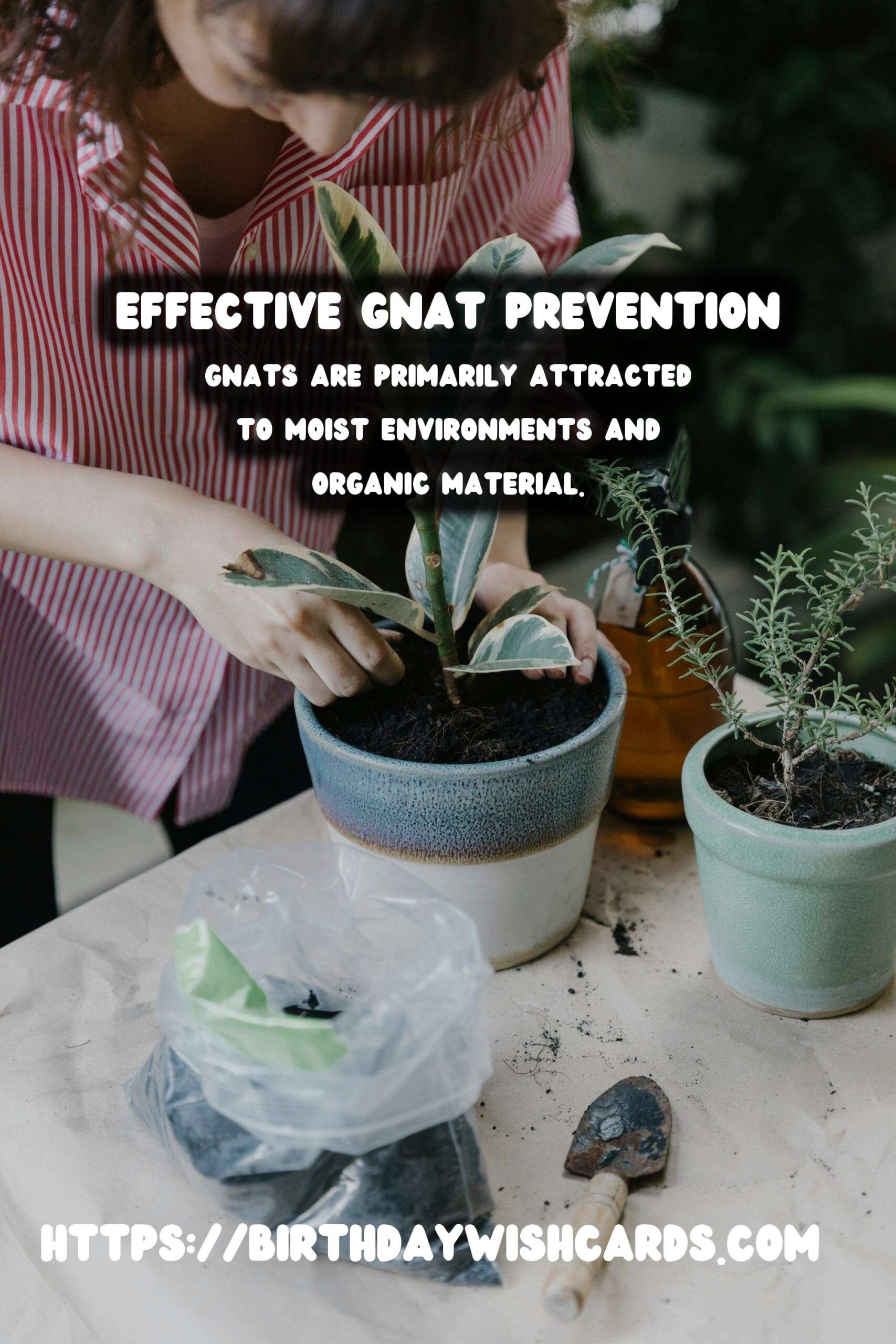
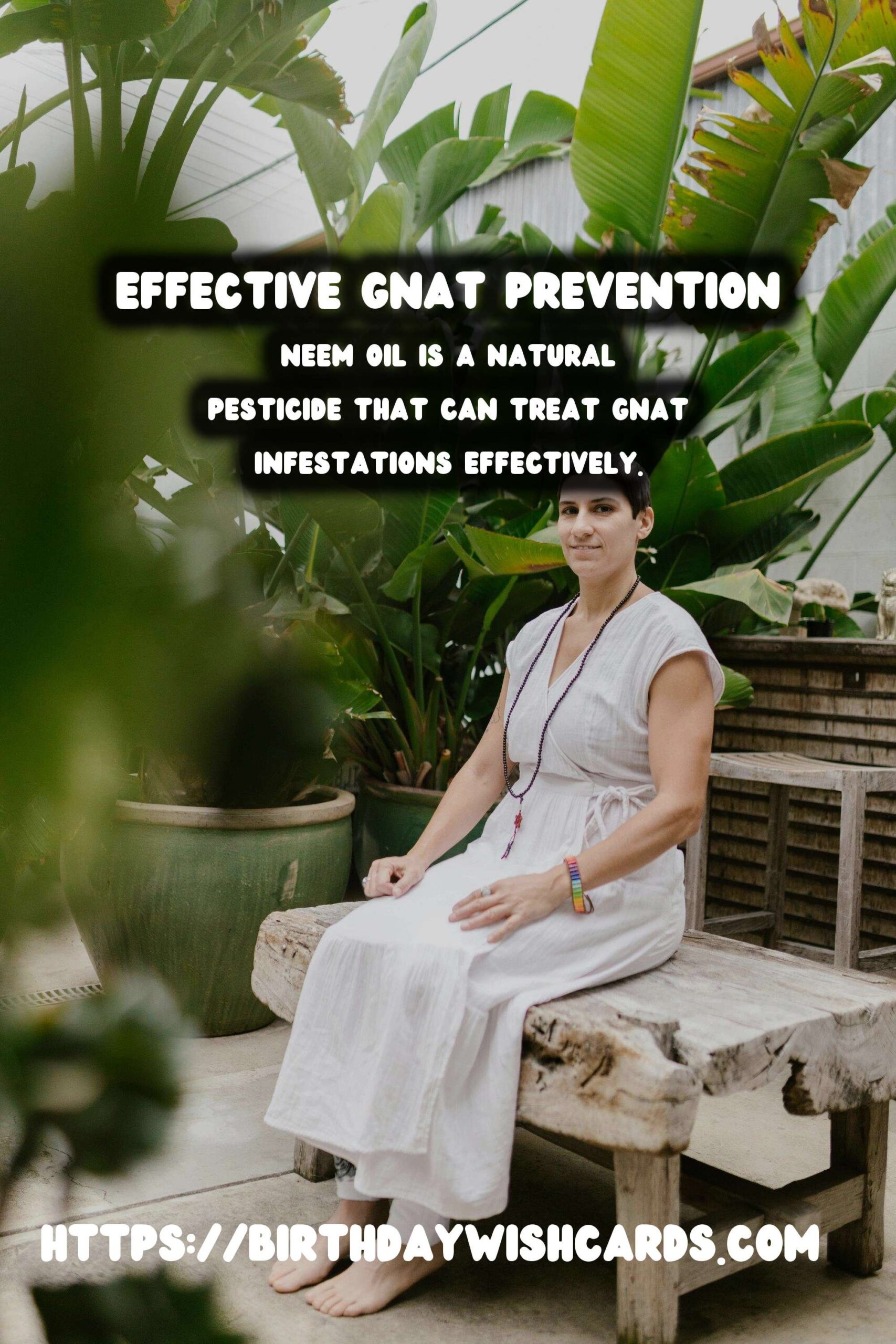
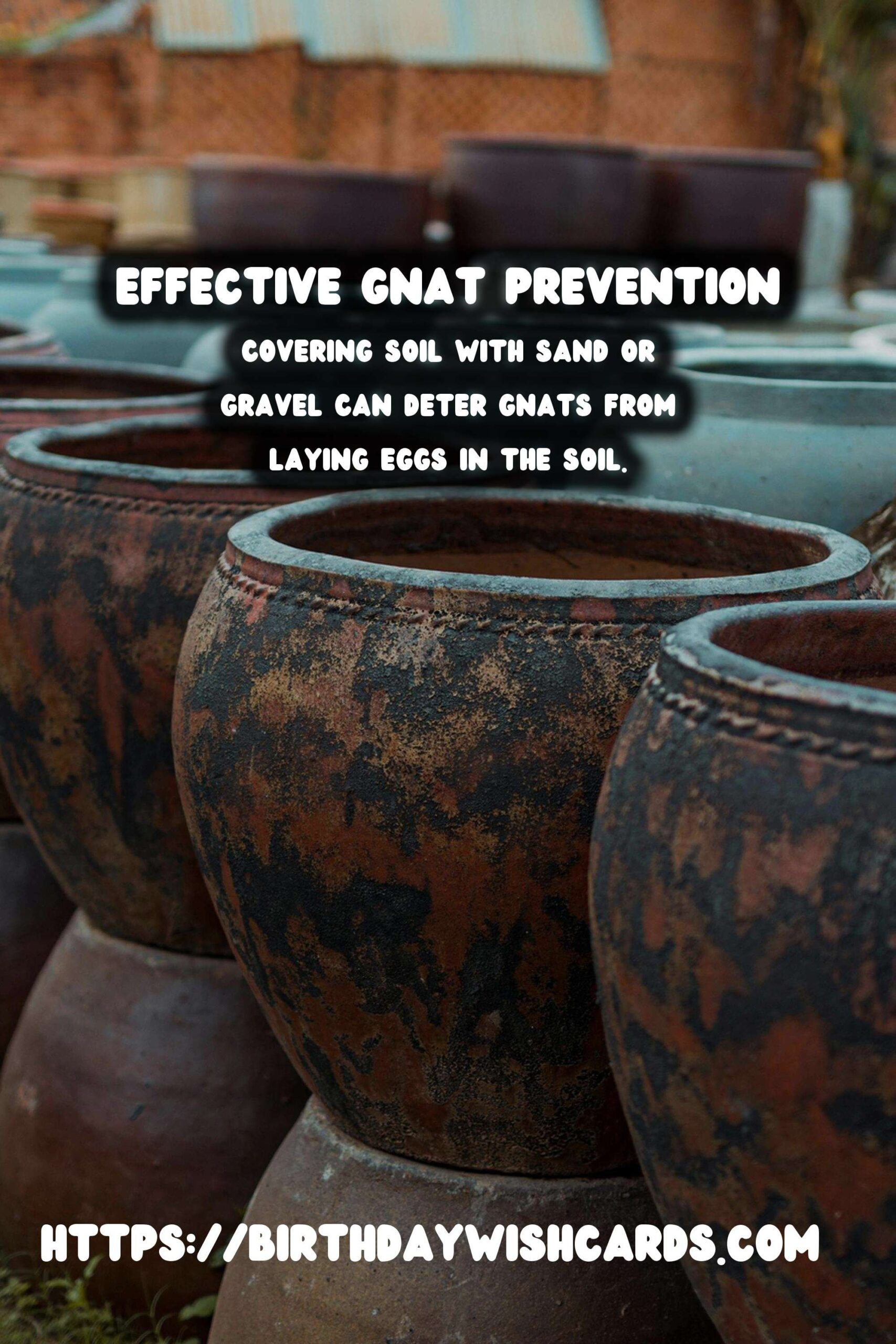
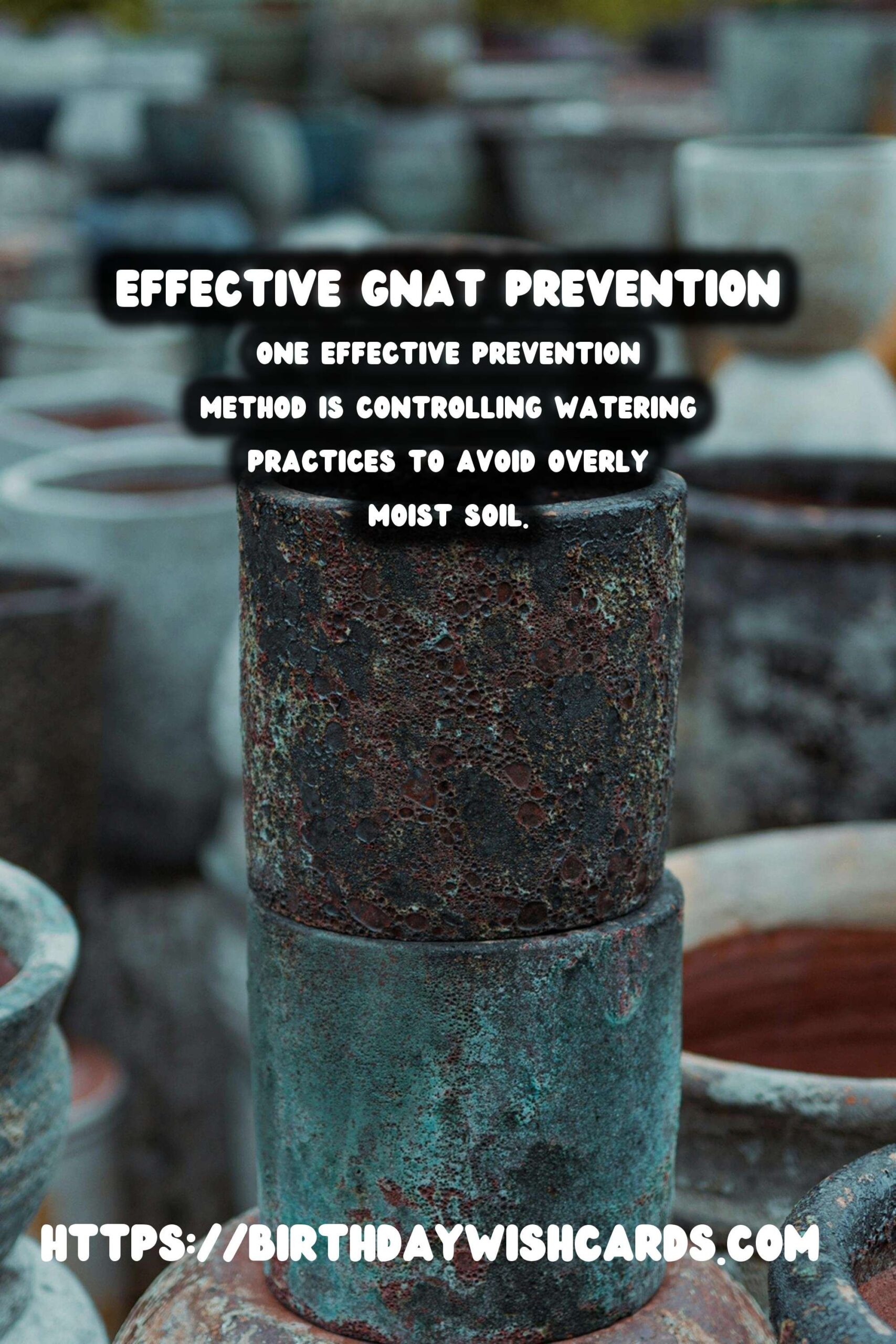
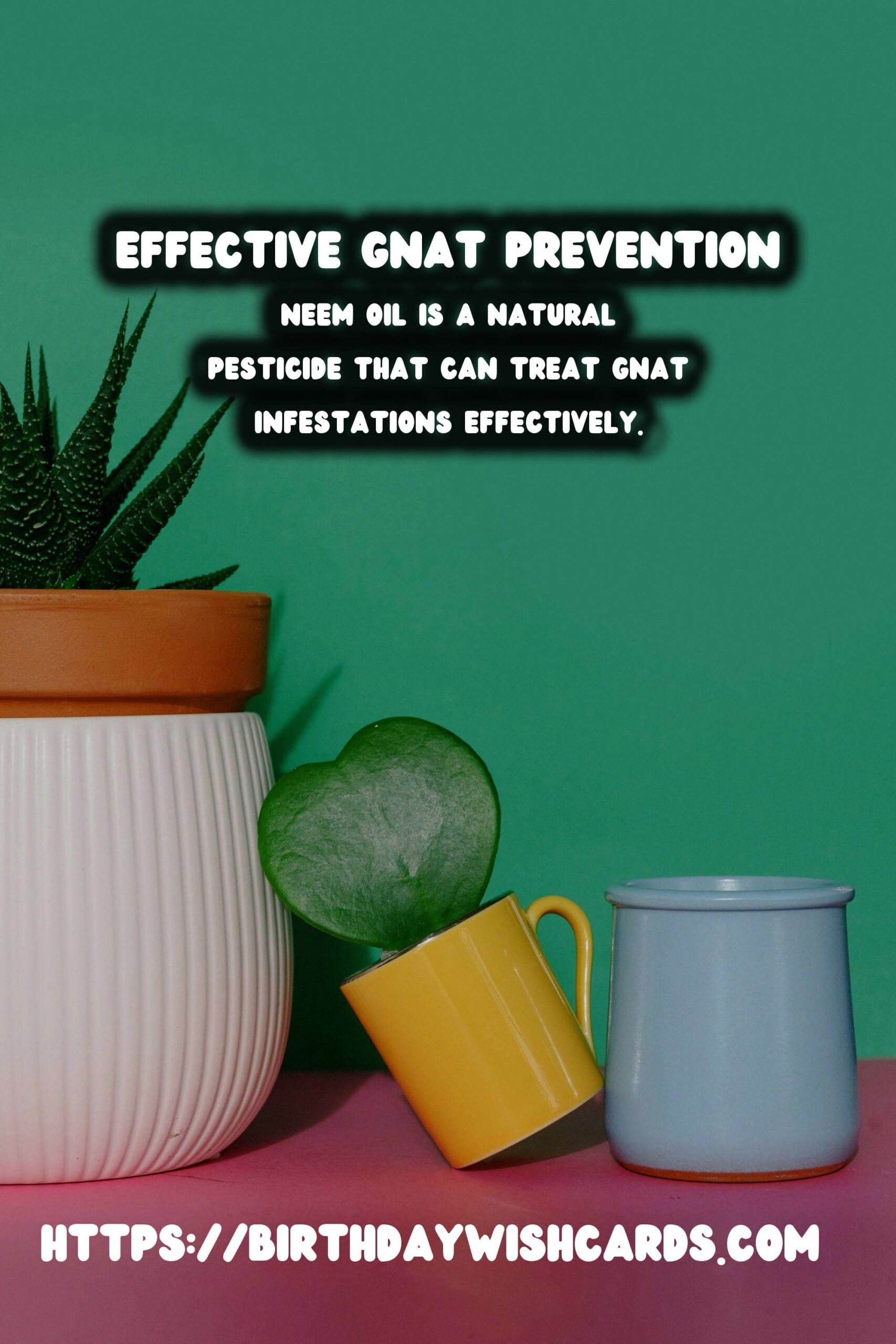
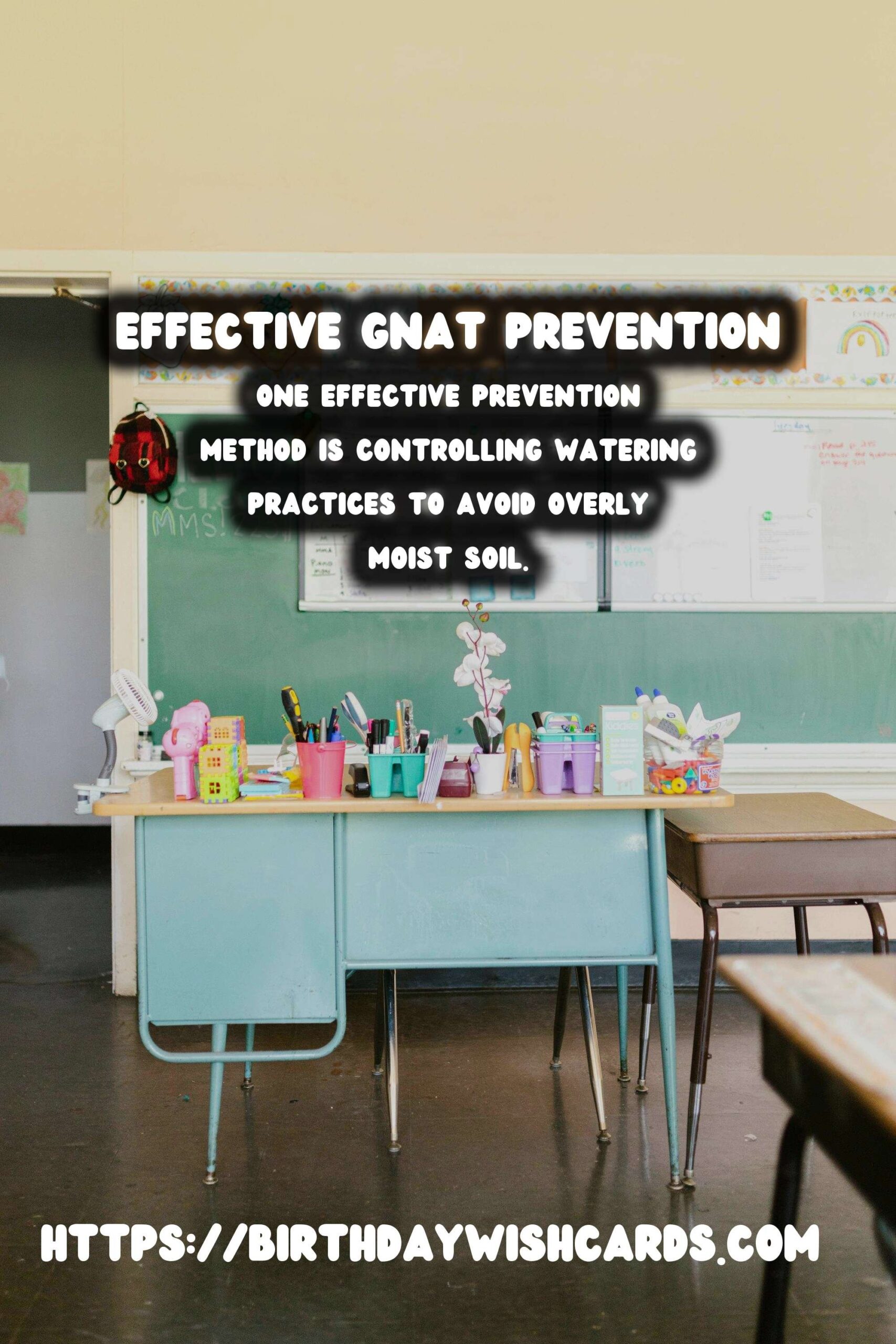
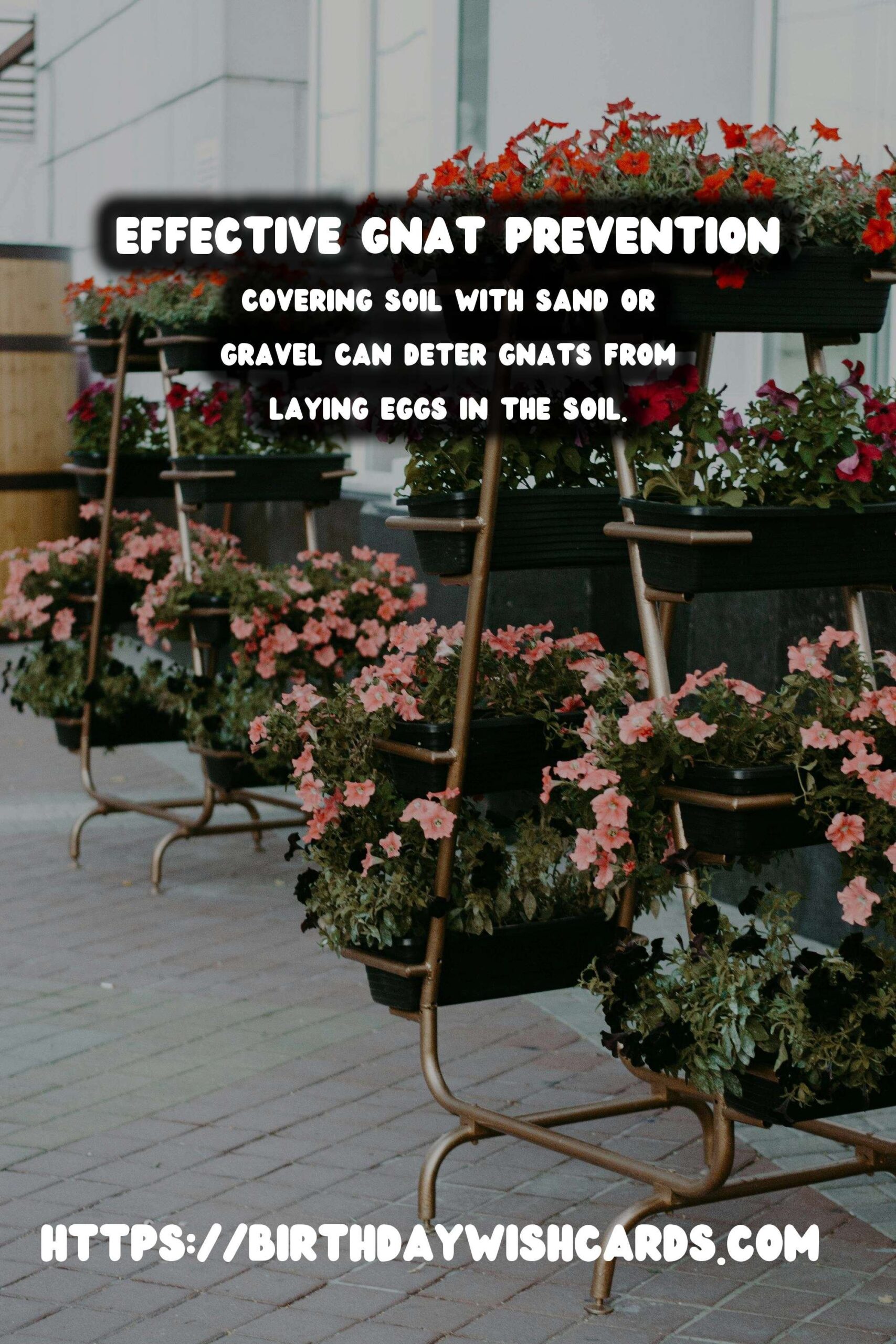
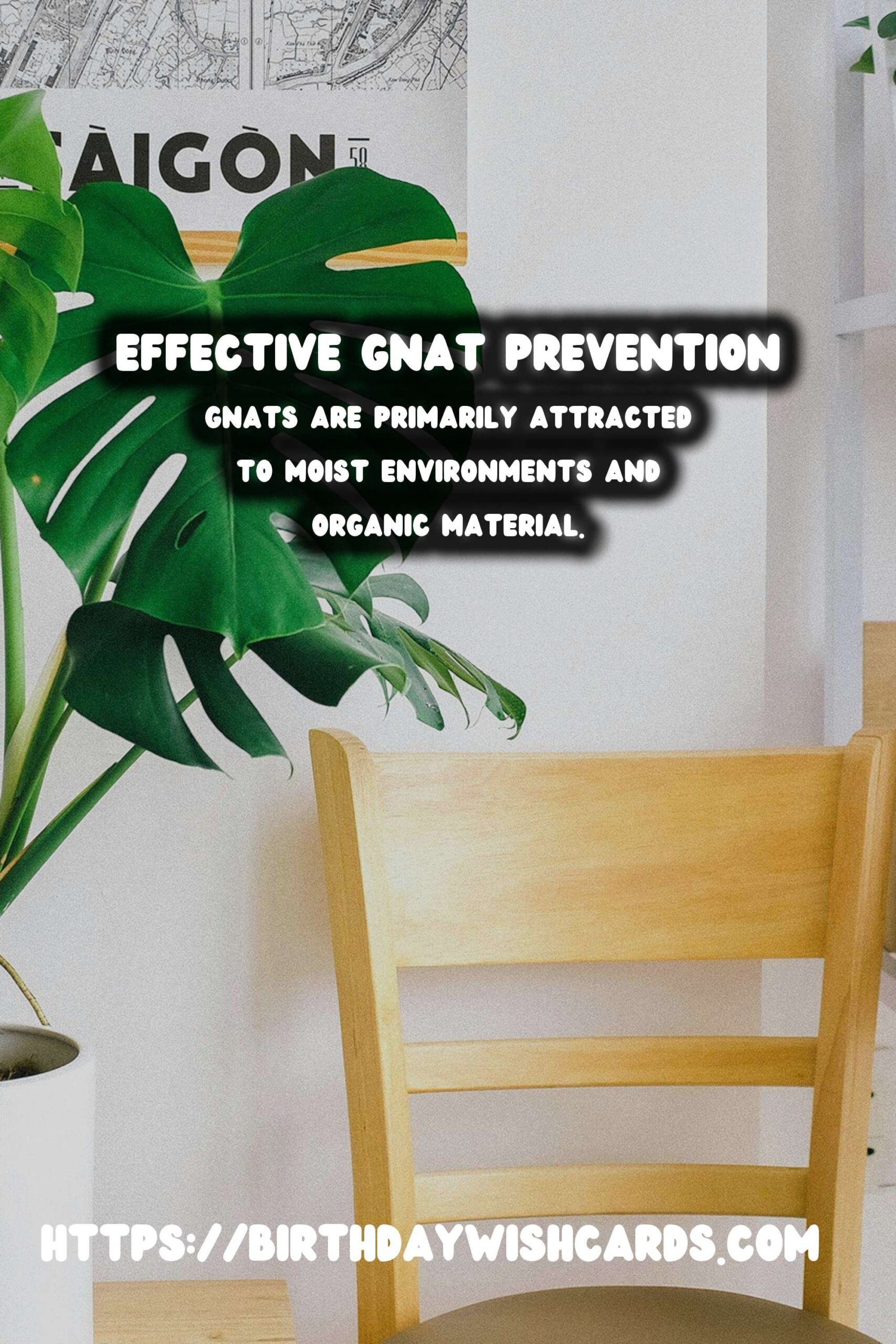
#PlantCare #GnatPrevention #IndoorPlants #GardeningTips



